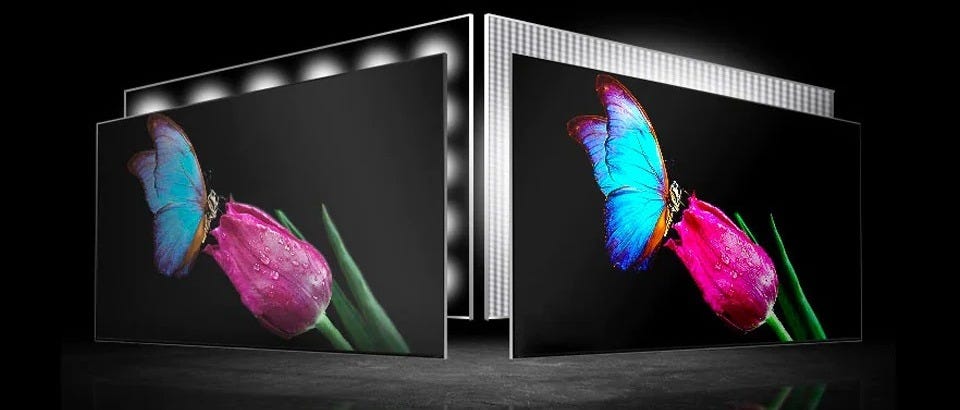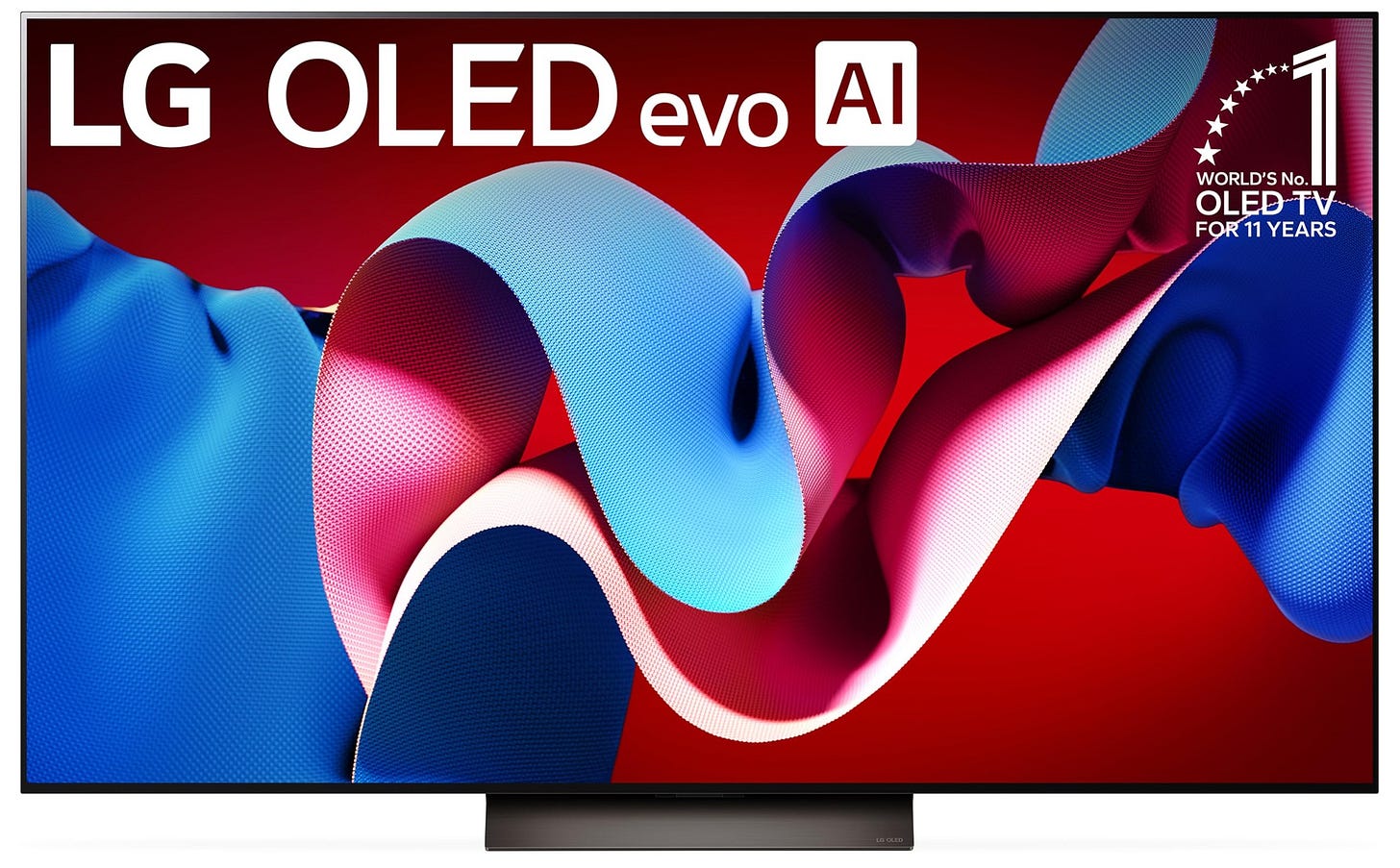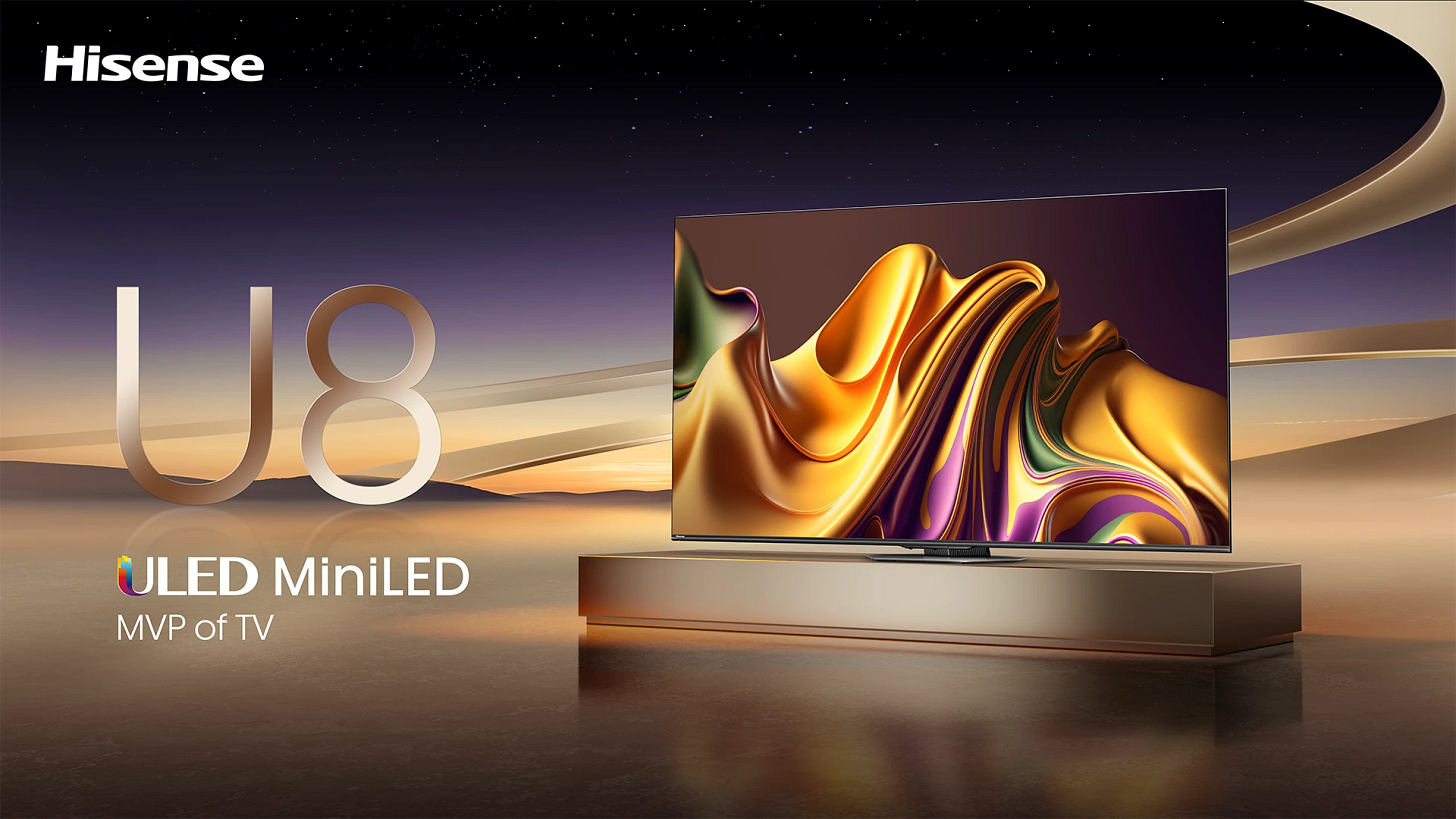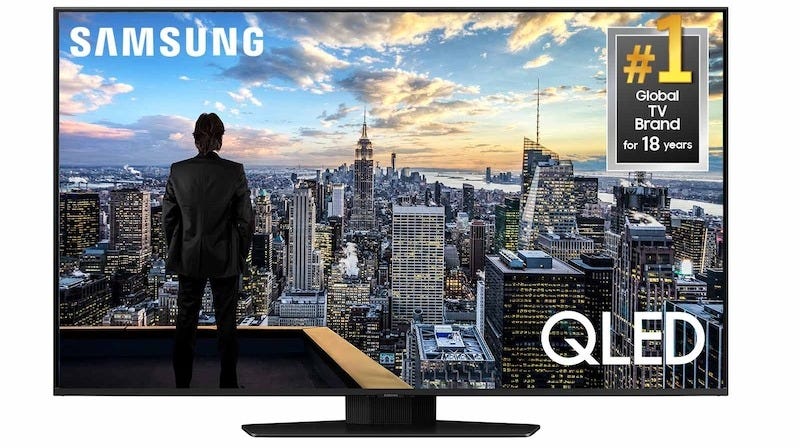OLED vs. Mini-LED vs. QLED: What’s the Best TV for You?
Confused about OLED, Mini-LED, and QLED? Learn the key differences and find the best TV for your home theater or living room in 2025.
Choosing a new TV in 2025 is more daunting than ever. Years ago, TVs were just TVs. Most of them used CRT technology, and that was that. Then came rear-projection TVs, LCDs, LEDs, and high-end plasma screens, introducing more variety but also more confusion. Then we got high definition, and 4K, and now even 8K along with and a flood of terms like Dolby Vision, HDR10, Mini-LED, QLED, and OLED. It is fair to say, the TV market can be pretty overwhelming these days.
So, which TV is the best? It depends. The answer isn’t simple because the best TV depends on the room, the lighting conditions, and how you plan to use it. I have multiple types of TVs in my house because different rooms require different technologies. So let me break it down in simple terms so that when you’re shopping for your next TV, you’ll know exactly what to look for.
This post contains affiliate links. If you purchase through these links, I may earn a small commission at no extra cost to you. Thanks for your support!
What’s the Difference? (Quick Tech Breakdown)
OLED (Organic Light-Emitting Diode)
Pure black levels, best in class contrast, and cinematic quality.
Each pixel produces its own light, meaning no backlight is needed.
Ideal for dark rooms and light-controlled home theaters
Can suffer from burn-in with static images, although less of an issue now
Mini-LED
Brighter than OLED, excellent contrast, and great for well-lit rooms.
Uses full-array backlighting with thousands of tiny LED zones, offering better dimming control than other LED TVs.
No risk of burn-in, making it better for gaming and sports.
QLED (Quantum Dot LED)
Brightest display, making it perfect for bright rooms.
Uses LED backlighting with a quantum dot layer for enhanced colors.
Lacks great black levels and has worse viewing angles.
Best for budget buyers or secondary TVs.
Which TV is Best for Your Home Theater?
Best for Dark Rooms & Movie Lovers: OLED
If you want the highest quality picture with deep blacks and the most realistic colors, OLED is unbeatable. Because OLED panels can turn off individual pixels, they produce perfect black levels and incredibly life-like contrast, which is essential for cinematic viewing. However, OLEDs do not get as bright as Mini-LED or QLED TVs, meaning they perform best in a light-controlled environment. If your home theater is in a basement or a room where you can fully control lighting, OLED is the best choice.
That said, OLEDs are among the most expensive TVs, and there’s a slight risk of burn-in if you frequently watch content with static elements, such as sports, news tickers, or play video games with static elements like HUDs. I personally have had no issues with burn-in on my newer model OLED and they have come a long way since the early days of the technology, but I would still recommend a warranty if you buy one.
Recommended OLED TV Models
I use an LG C3 OLED (older model version of the C4) in my basement home theater, where I have full light control. I can attest that nothing beats OLED in a dark room, especially for movies. If you had a plasma TV, OLED is like plasma on steroids.
Best for Bright Rooms & Everyday Viewing: Mini-LED
For most living rooms and brighter spaces, Mini-LED is the best choice. These TVs are much brighter than OLED, making them ideal for rooms with windows or lots of ambient light. They also feature full-array local dimming, where small LED zones adjust brightness to enhance black levels. While they don’t quite match OLED’s pixel-level precision, they get close, especially higher-end models with more dimming zones. When buying these TVs, look for as many dimming zones as possible if you want to enjoy movies at top quality.
Mini-LEDs also eliminate burn-in concerns, making them worry free options for gaming, sports, and general viewing. They offer a great balance between price and performance, often costing significantly less than OLEDs for a similar size.
Recommended Mini-LED TV Models:
This is what I personally use in my living room, where I have an 85” HiSense U8N (a great value at under $1800) that I love. People always compliment the picture quality even in my bright living room.
Best for Budget Buyers & Secondary TVs: QLED
If you need a budget-friendly TV or a secondary screen for a bedroom, playroom, or guest room, QLED is a solid option. These TVs use Quantum Dot technology to produce bright, vivid colors, making them excellent for rooms with lots of windows and sunlight.
However, QLED TVs have weaker black levels and contrast, which means they aren’t ideal for hardcore movie lovers and home theater enthusiasts. The panels also tend to have poorer viewing angles, so if you’re watching from the side, colors may look washed out, making them a tougher option for large rooms.
That said, if your TV will be mostly used for casual viewing, such as watching news, sports, or streaming TV shows in your bedroom, QLED is a great cost-effective option.
Recommended QLED TV Models:
Other Factors to Consider Before Buying a TV
Aside from OLED, Mini-LED, and QLED, there are a few other important features to watch for:

HDR Format Support
Dolby Vision: Includes dynamic metadata, advanced HDR color
HDR10+: Samsung’s proprietary alternative to Dolby Vision.
HDR10: The standard, most common HDR format.
Tip: Try to buy a TV that supports all major HDR formats. Right now, LG doesn’t support HDR10+, and Samsung doesn’t support Dolby Vision, so it can get messy. For movie fans, Dolby Vision support is the most important since it’s more widely used on most streaming apps and 4K Blu-ray discs.
Gaming Features
Look for 120Hz refresh rate & VRR (Variable Refresh Rate) for smooth gaming.
Require HDMI 2.1 support for next-gen consoles (PS5, Xbox Series X).
Low input lag & response time - check the TV specs.
If you’re a serious gamer, OLED and Mini-LED TVs with high refresh rates are your best bet. Many gamers swear by smaller (42”) OLED TVs for their setups, but you do need to be careful with burn in on those screens.
Final Thoughts: Which TV Should You Buy?
If you have a dedicated home theater: OLED (LG C4, Sony A95L)
If you need a bright TV for a living room: Mini-LED (Samsung QN90C, TCL QM8, Hisense U8N)
If you want a budget-friendly TV: QLED (Samsung Q80C, Hisense U8K)
Each TV technology has its strengths and weaknesses, and the best choice for you truly depends on your room setup, your lighting, and your viewing habits. Hopefully, this guide helps simplify the decision-making process, but feel free to ask me questions in the comments and I will help as best as I can!






TVs have come a very long way. However, year to year the advances are miniscule. I highly recomend looking for used models or deals on new last year models. You can save some good double digit % there.
I am still happy with my LG 55 OLed BX, bought in early 2021
Jeff,
How about full-array LED? When I purchased a TV for my new home theater room, I explored various options and ultimately decided on an 85" Sony X90L. After looking at several TVs in a store, I couldn't justify the extra cost (for my budget, anyway) for the other options (such as OLED). I always receive compliments from guests on the picture quality of the set.